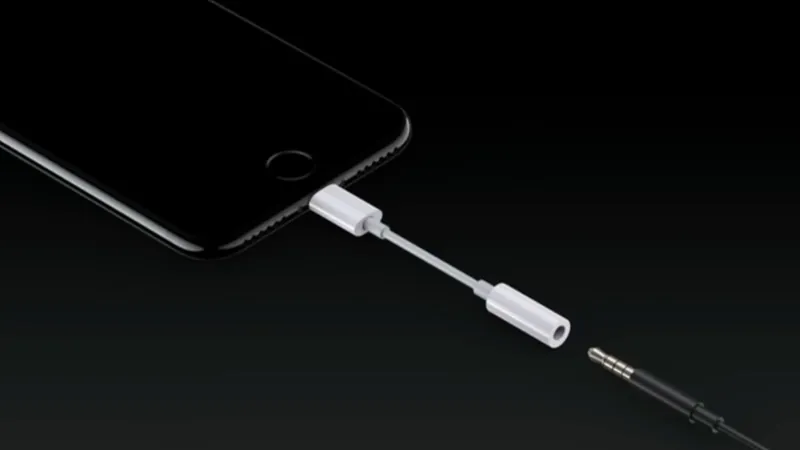
Revolutionary Centiloid Scale Guidelines Unveiled for Alzheimer's Disease!
2024-11-21
Author: Siti
AMYPAD Consortium Introduces New Guidelines
In a groundbreaking development in the field of Alzheimer's disease (AD) research, the Amyloid imaging to prevent Alzheimer's disease (AMYPAD) consortium has unveiled new guidelines aimed at improving the clinical use of the Centiloid (CL) scale. This cutting-edge metric measures amyloid plaques in the brain, a hallmark of AD that researchers are increasingly recognizing as critical for early diagnosis and treatment strategies.
Objectives and Importance
Published in the esteemed journal Alzheimer's & Dementia: The Journal of the Alzheimer's Association, the comprehensive review provides valuable recommendations regarding the application of the Centiloid scale in various clinical contexts. The primary objective? To bolster the reliability and accuracy of AD diagnoses as promising new disease-modifying therapies approach the market. Dr. Lyduine Collij from Amsterdam UMC and Lund University emphasized the importance of these guidelines, stating, "Accurate diagnosis is essential to relieve the burden on patients and their families and reduce costs for our healthcare systems."
Advancements in Amyloid Pathology Understanding
The AMYPAD initiative, which has been at the forefront of advancing our understanding of amyloid-related pathology, highlights not only the standardization of the Centiloid scale but also identifies existing gaps in knowledge. Dr. Ariane Bollack, a scientific adviser at GE Health care, noted, "We are moving towards early intervention, and understanding the long-term implications of amyloid buildup is crucial for effective treatment."
Comparison of Amyloid Data
The Centiloid scale distinguishes itself by enabling the comparison of amyloid data across various Positron Emission Tomography (PET) imaging tracers, enhancing diagnostic accuracy, especially in ambiguous cases. Dr. Mahnaz Shekari from the Neuroimaging Research Group enthusiastically asserted that their research has confirmed the Centiloid metric’s reliability in memory clinic patients, promoting its use as a biomarker for diagnosing and tracking Alzheimer's disease.
Biomarker Qualification Opinion
The findings of AMYPAD have been strong enough to initiate an application for a Biomarker Qualification Opinion (BQO) with the European Medicines Agency (EMA). This marks a significant step forward in lending credibility to the Centiloid scale as a standard measure of global amyloid burden when used with stringent quality control.
Quantifying Treatment Outcomes
As treatments aimed at eliminating amyloid plaques in the brain are being developed, the utility of the Centiloid scale cannot be overstated. Professor Frederik Barkhof from VU University Medical Center states, "With effective treatments, individuals may see their brain scans return to near-normality, and the Centiloid scale will help quantify these outcomes."
Methodology of Centiloid Approach
The Centiloid approach uses a unique method to convert amyloid PET imaging results into a standardized, quantifiable format—anchoring its results to the amyloid load in healthy young individuals (CL=0) and a typical mild-moderate AD population (CL=100). This standardization allows for clearer thresholds in defining stages of AD pathology.
Collaborative Efforts of AMYPAD
AMYPAD, initiated in 2016, is a collaborative effort involving 15 European partners, aiming to revolutionize the understanding and management of Alzheimer's disease through the potential of amyloid-PET imaging. By engaging both academic and commercial stakeholders, the initiative has set up two trials: the "Diagnostic and Patient Management Study" and the "Prognostic and Natural History Study," focusing on various stages of dementia, including pre-clinical populations.
Conclusion and Future Outlook
As research progresses, the Centiloid scale stands as a beacon of hope for transforming Alzheimer's diagnosis and treatment, providing both clinicians and patients with refined tools to navigate this challenging disease landscape. Stay tuned for more updates in the ongoing fight against Alzheimer's disease!





 Brasil (PT)
Brasil (PT)
 Canada (EN)
Canada (EN)
 Chile (ES)
Chile (ES)
 España (ES)
España (ES)
 France (FR)
France (FR)
 Hong Kong (EN)
Hong Kong (EN)
 Italia (IT)
Italia (IT)
 日本 (JA)
日本 (JA)
 Magyarország (HU)
Magyarország (HU)
 Norge (NO)
Norge (NO)
 Polska (PL)
Polska (PL)
 Schweiz (DE)
Schweiz (DE)
 Singapore (EN)
Singapore (EN)
 Sverige (SV)
Sverige (SV)
 Suomi (FI)
Suomi (FI)
 Türkiye (TR)
Türkiye (TR)